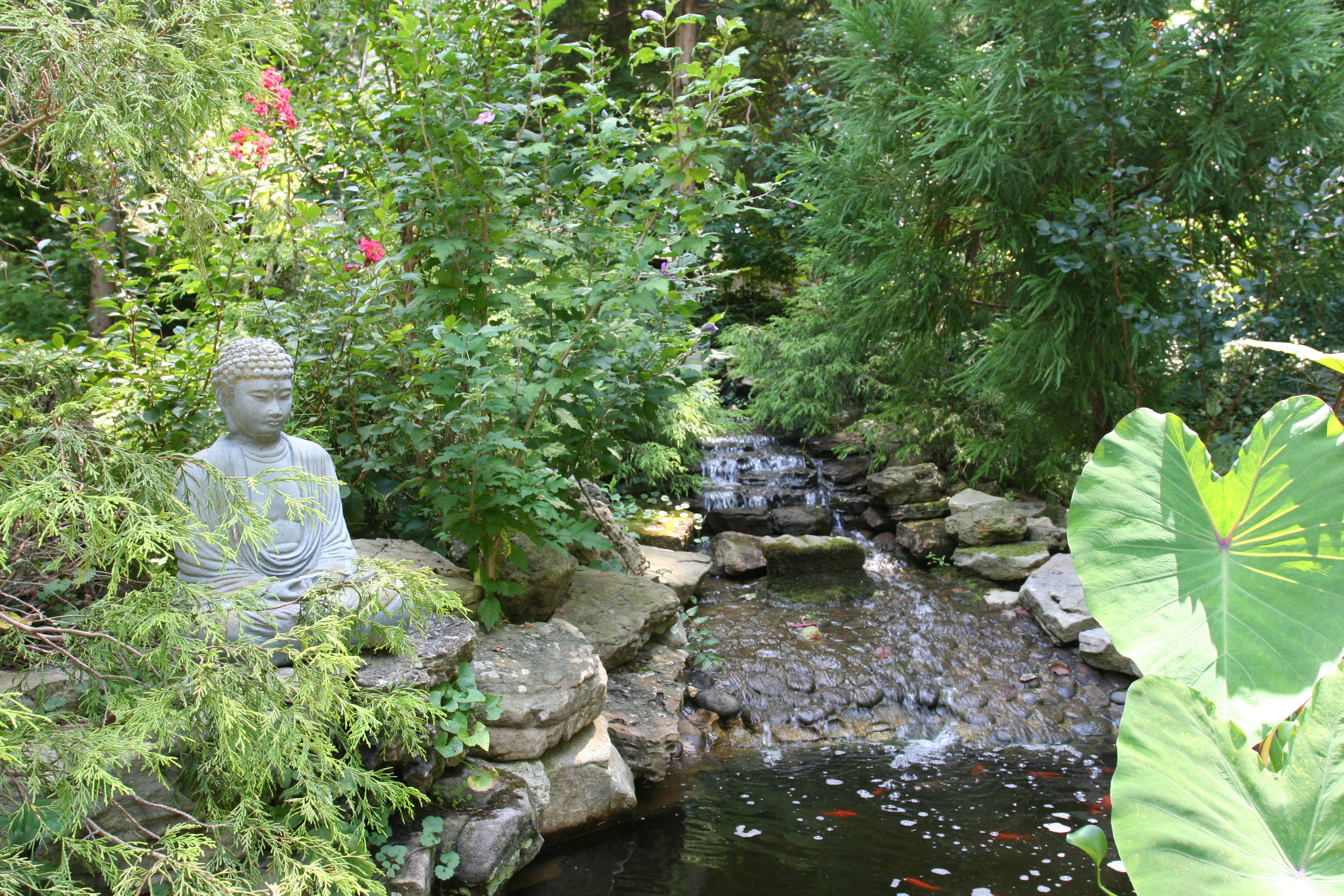Good morning!
We have a morning with bright sunlight in serene silence. However, the world is immersed in disasters, difficulties, and even deaths at this very moment. The recent tornados, more than 200 over an area of some 150 miles, have claimed more than 350 lives as we witnessed the devastation in pictures and personal accounts.
In Japan there were almost 100 times more casualties as a result of the tsunami, and still evacuations and all the ramifications of the nuclear disaster continue to emerge. I listened to a video by a scholar who suspected that criticality at the No.4 nuclear power plant’s spent fuel pool had been reached, which caused an explosion. So, we are always subject to and threatened by these things.
We have threefold suffering – individual, social, and environmental. We must face sickness, aging, death, parting with loved ones, losing things, meeting hateful ones. In short, we are exposed to our physical and mental stresses and sufferings. Only when we face these disasters do we find that our life is endangered in these sufferings.
The Buddha said, “We have the arrogance of health, youth, and life, even though we are ourselves destined to disease, decay, and death. The original word for arrogance is mada, literally “rut.” We are so enamored with health, youth, and life that we cannot think of the reality of disaster, death, and devastation.
So, things go against our expectations or take us completely by surprise, as in the case of the nuclear disaster. Of course we could foresee problems, but we could not really measure the enormity of sufferings. Our way of thinking is shortsighted and act short-circuited. That’s why we must suffer. Suffering is dissatisfaction (duk-kha: wrong-going, going against grain, our wishes and desires).
This dependent origination means causal relations with complicated conditions. This explains how we get involved in our suffering. The center portion of the diagram* tells how our suffering is originated on formations (sankhara: physical, verbal, and mental karma, action) based on delusion and craving. The result is suffering.
Suffering comes from impermanence beyond our control, vision, and ability. If we are not deluded, then we know how we invite, get involved in suffering. The root cause is craving – even with delusion, if we do not crave, we are not dissatisfied and do not suffer. Because we have craving, we are betrayed by the reality of impermanence.
Where does craving come from? It comes from our delusion of ego, self. Because we want to satisfy the self, we act on the “self-sense” and suffer. We want, crave for, run after things, and we fail to satisfy our craving which has no limit. We run like a hamster on a tread-wheel, constantly and without contentment.
Sawaki Roshi said we are always either running after something or running away from something, like a policeman or a thief. Running on the tread-wheel is from desire, but also from dread of danger of decay, disease, and death. We are always fearful of not getting or losing food, clothing, housing, etc. These are two sides of the same coin: self satisfaction, survival instinct.
Only when we stop these actions do we stop suffering. This sitting is stopping karma, action – physical, verbal, and mental. When we stop actions or functions, we stop conceptions, emotions, and volitions. The five coverings (lust-desire, covetousness-malevolence, sloth-drowsiness, agitation-worry, and doubt) disappear at the first stage of meditation.
As we sit more, the four fluxes (lust, becoming, view, nescience) stop at the second stage. Becoming is involvement in change by appropriation. Nescience is not witnessing. We are too busy to witness the still state of nirvana. One can be in purity and peace with physical comfort, mental joy, and single-pointedness of mind in the second stage of zen.
The bottom portion of the diagram shows how we appropriate body and mind as “my body” and “my mind,” and get involved in all the vicissitude of birth, decay, and death. When we stop karma, we stop all these things – delusion, craving, formations, samsara, suffering in nirvana. Then we attain awakening, witnessing nirvana with its actual process.
The top portion of the diagram describes how perceptions and consciousness originate, depending on sense organs and objects as phenomena, not noumena. It is a very important point that reality is not any substance or entity, but only dependently originated phenomena, like a phantom or fleeting fantasy (e.g., a rainbow, or the circle that appears when a flaming object is swung around).
So our suffering comes from the three poisons and the three steps. Depending on the delusion of ego, attachment and aversion originate, and thus we are involved in action and suffering. But we can stop all these by sitting, stopping karma, settling in truth, and witnessing. Countering the three poisons and three steps is the triple learning of morality, concentration, and prognosis (insight/wisdom).
We cannot evade natural disasters, but our human superstructures and substances multiply and worsen them. So, we need to know this to live with nature in the awakened way, a wholly wholesome way, rather than a shortsighted and short-circuited one. In this way we can avoid global warming, mass extinction, etc.
Ryokan said, “When disaster comes, we’d better meet it,” not receiving the second arrow of suffering, secondary superimposed regret and remorse. If we can live in a more systemic, sustainable, safe, simple, and saving way – of energy and everything – we can live without suffering, even if we have disaster, disease, decay, and death.
So, the only solution for our human-created disasters and devastations is to wake up from our own delusion by sitting and stopping karma, and settling and living in truth, peace, harmony, and holiness, here and now, constantly and continually.
5/1/11
* Diagram of 12 Dependent Origination: Dependent Origination[1]

